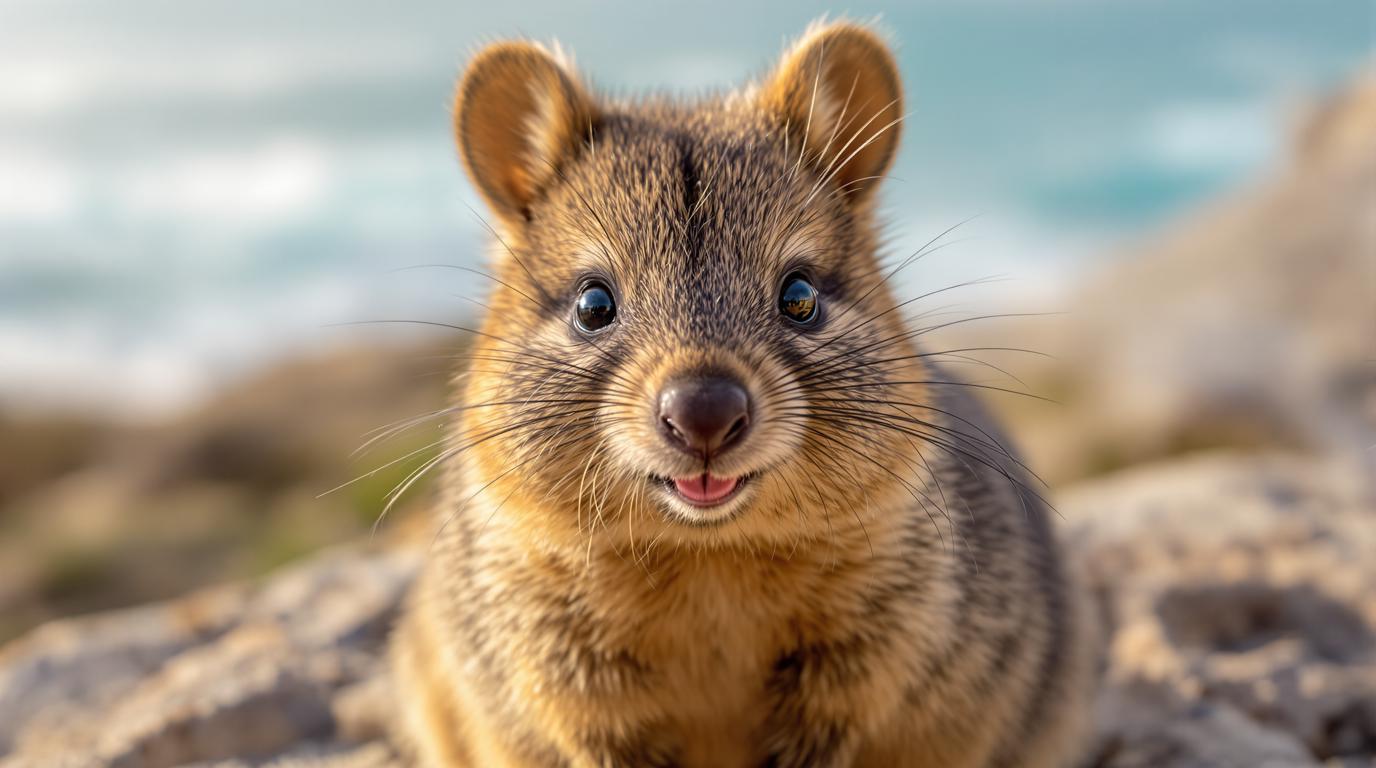# The Irresistible Charm of Nature’s Cutest Wild Animals
While cats and dogs dominate our social media feeds, the wild world boasts equally adorable creatures that captivate wildlife enthusiasts worldwide. Quokkas, often called the “happiest animals on Earth,” sport permanent smiles that have made Rottnest Island, Australia an Instagram sensation. Their friendly demeanor masks the remarkable resilience that allows them to thrive in harsh conditions – a reminder that cuteness and toughness aren’t mutually exclusive in nature’s design.
## The smiling marsupial that broke the internet
Quokkas have transformed Rottnest Island into a wildlife photographer’s paradise. These cat-sized marsupials approach visitors with curious eyes and upturned mouths that create the illusion of perpetual happiness. Conservation efforts ensure these interactions remain ethical, with strict no-touching policies protecting these endangered creatures while still allowing for memorable encounters. Much like Japan’s famous bowing deer, quokkas demonstrate how wildlife can coexist with respectful tourism.
## Desert foxes with satellite-dish ears
The fennec fox might be the world’s most adorable desert dweller. With oversized ears that can be up to six inches long – disproportionately large for their tiny four-pound bodies – these North African foxes evolved their distinctive feature to dissipate heat in scorching temperatures. Wildlife photographers often capture these nocturnal creatures emerging from their dens at dusk, their enormous ears backlit by the setting sun while they hunt for insects and small rodents across the Sahara’s golden landscape.
## The tree-dwelling false panda
Red pandas defy expectations with their misleading name – they’re actually closer relatives to raccoons than giant pandas. These rust-colored mammals navigate the Eastern Himalayan canopies with remarkable agility, using their ringed tails for balance. Conservation scientist Dr. Wei Liu notes: “Their expressive faces and playful behavior make red pandas particularly endearing to humans, but this same charisma unfortunately drives illegal pet trade, threatening their survival.”
## Marine mammals that hold hands while sleeping
Sea otters display perhaps the most heart-melting behavior in the animal kingdom – they hold paws while sleeping to avoid drifting apart in ocean currents. These marine mammals float on their backs in coastal kelp forests, their fluffy coats and whispered expressions making them appear deceptively cuddly. Their intelligence rivals that of many primates, as they’re among the few animals that use tools, often carrying favorite rocks to crack open shellfish.
## Shy primates with cartoon-like eyes
The slow loris might be Southeast Asia’s most photographable nocturnal creature, though finding them requires patience and ethical tourism choices. Their enormous eyes – perfectly adapted for nighttime hunting – create an almost cartoon-like appearance that masks a surprising secret: these cute primates possess a toxic bite. Responsible wildlife tours in Thailand’s less-discovered islands offer sustainable viewing opportunities that support conservation efforts.
## Unique destinations for wildlife enthusiasts
Rottnest Island provides more than just quokka encounters – its pristine beaches and crystal waters create the perfect backdrop for wildlife photography. Similarly, Japan’s sacred deer islands offer magical wildlife interactions in culturally significant settings. For those seeking bioluminescent wonders alongside wildlife, India’s glowing blue shores provide spectacular nighttime displays.
## Ethical wildlife tourism: connecting without harming
Wildlife photographer Marie Chen emphasizes: “The key to meaningful animal encounters is patience and distance. The best photos capture natural behaviors, not forced interactions.” This philosophy guides reputable tour operators worldwide, who prioritize animal welfare over perfect photo opportunities. Many destinations now feature rehabilitation centers where visitors learn about conservation while observing rescued animals adapting to life in protected environments.
## Urban wilderness surprises
Not all cute wildlife requires remote travel. Urban rainforests and coastal ecosystems often host surprising biodiversity just steps from city centers. These accessible wildlife encounters provide opportunities for even time-limited travelers to experience nature’s charm while supporting local conservation initiatives through entrance fees and guided tours.
From Australia’s smiling marsupials to Asia’s wide-eyed primates, these animals remind us that cuteness transcends species barriers – and often serves as nature’s ambassador, inspiring protection for creatures whose survival increasingly depends on human conservation efforts. Their charm may rival our domestic companions, but their future requires something more profound: our commitment to preserving the wild spaces they call home.
